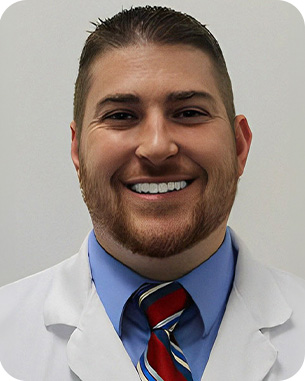Guided Bone Regeneration (GBR) has become an indispensable procedure in modern implant dentistry, particularly in cases of bone loss that hinder the successful placement of dental implants. When patients present with significant horizontal or vertical bone deficiency, traditional implant placement can become a challenge. GBR is a versatile and reliable technique that aids in the restoration of bone volume and the creation of an optimal environment for implant placement.
GBR involves the use of barrier membranes and bone graft materials to regenerate bone at sites where the volume and density of bone are insufficient. This regenerative approach has widespread applications in implantology, ranging from single-tooth implants to full-arch restorations. However, successful GBR requires understanding biological principles, appropriate material selection, surgical expertise, and meticulous post-operative care. This article explores the real-world applications of GBR in implant dentistry, highlighting its practical use in diverse clinical scenarios.
1. Applications of GBR in Vertical Bone Deficiency
Vertical bone deficiency often arises after tooth extraction, especially when bone at the extraction site resorbs over time. This can result in a reduced alveolar ridge height, making it difficult to place implants without augmentation. GBR can restore lost bone in these situations, enabling successful implant placement.
A. Sinus Lift Procedures
In the posterior maxilla, a common scenario requiring GBR is sinus floor elevation. The sinus membrane is elevated, and a bone graft material is placed in the sinus cavity to increase vertical bone height, allowing safe implant placement. The combination of GBR and sinus lift techniques is among the most common applications in implantology today.
- Clinical Example: A patient with significant bone loss in the posterior maxilla may undergo a sinus lift procedure with simultaneous GBR to regenerate the bone required for placement of a shorter or angled implant. The GBR process ensures vertical space is maintained and the grafted bone is protected until sufficient healing occurs.
B. Ridge Augmentation
In cases of a deficient alveolar ridge due to previous tooth extraction, vertical bone loss can be addressed using GBR. A bone graft is placed where the bone has resorbed, regenerating vertical bone to support implant placement.
- Clinical Example: A patient who lost a tooth years ago and experienced ridge resorption in the upper anterior region may require a vertical bone graft using GBR to restore ridge height for implant placement. GBR enables successful regeneration even in esthetically critical areas like the anterior maxilla.
2. Applications of GBR in Horizontal Bone Deficiency
Horizontal bone loss is another common complication in implant dentistry, often resulting from post-extraction atrophy or periodontal disease. This deficiency affects the width of the bone, which is essential for implant stability.
A. Ridge Expansion
For patients with a narrow alveolar ridge, GBR can be used to widen the ridge through ridge expansion. In this procedure, the ridge is split surgically, bone grafts are placed in the space between the two halves, and a barrier membrane protects the graft site during bone regeneration.
- Clinical Example: A patient with a narrow ridge in the mandible may undergo ridge expansion and GBR to increase bone width and allow proper implant placement. GBR is essential for maintaining the grafted space and ensuring long-term stability.
B. Combined GBR and Guided Tissue Regeneration (GTR)
When both bone and soft tissue regeneration are needed, GBR can be combined with Guided Tissue Regeneration (GTR). GBR targets bone regeneration, while GTR focuses on soft tissue healing. This combination is highly effective in complex cases with extensive loss.
- Clinical Example: In cases of severe horizontal and vertical resorption in the posterior mandible, combining GBR and GTR can restore both bone volume and soft tissue contours, improving implant outcomes and esthetic results.
3. GBR in Implant Placement in Compromised Sites

Get full access to this article, many others published weekly, and a library of exclusive resources by becoming an ADI MEMBER today. Stay informed, expand your knowledge, and connect with leading professionals in dentistry.
Already a member? Login Now












